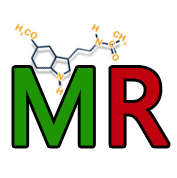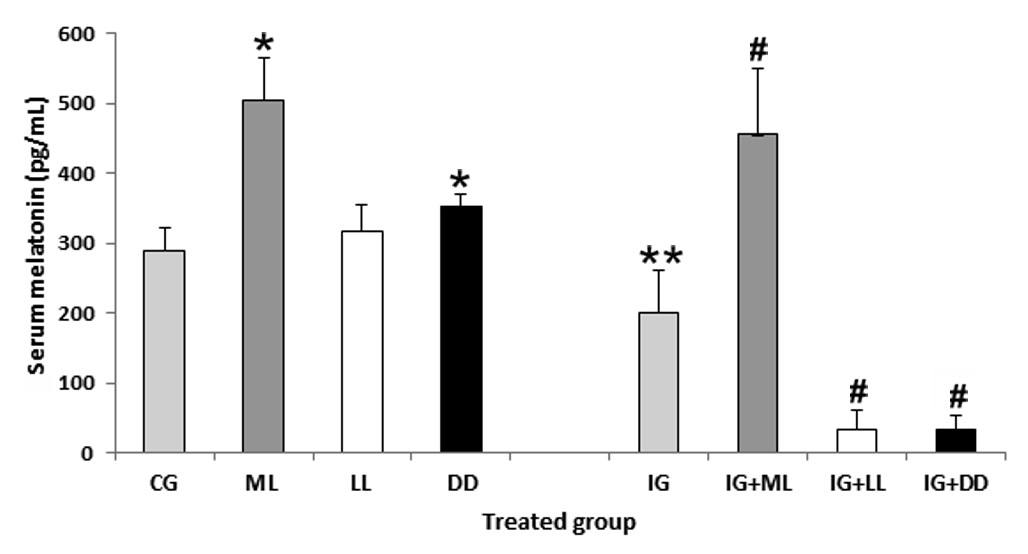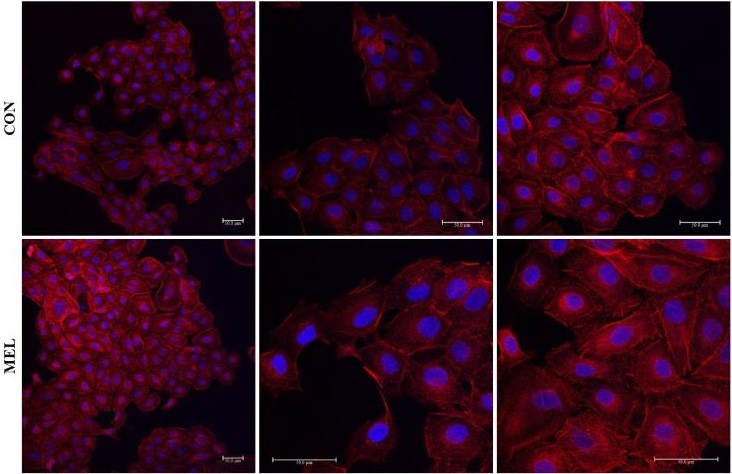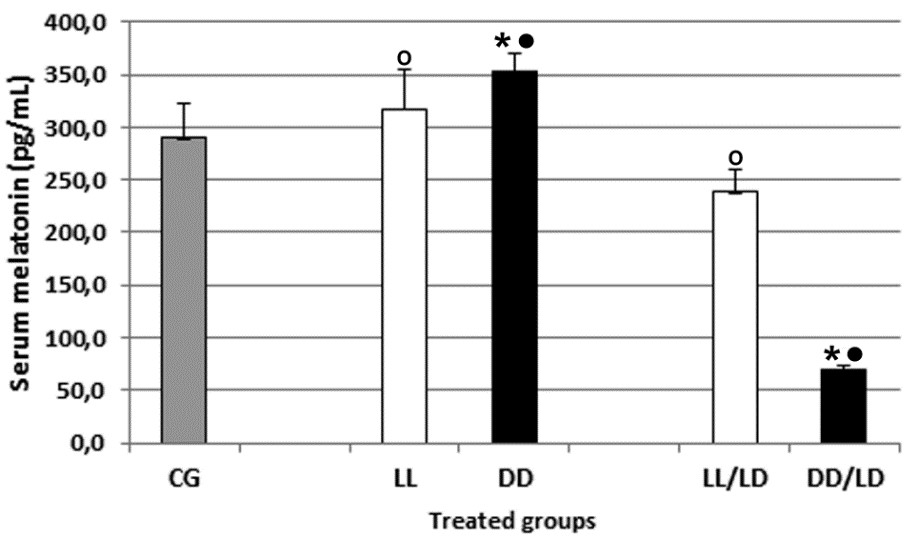
Several papers related to novel aspects of melatonin physiology are published in this issue. One is the potential association of melatonin and Helicobacter pylori (H. pylori) infection. H. pylori infection is the culprit in several disorders of the gastrointestinal tract, including gastric cancer. H. pylori infection reduces melatonin synthesis in the gastric epithelial cells while melatonin supplementation ameliorates gastric disorders. The beneficial effects of melatonin on H. pylori infection may involve the antioxidative, anti-inflammatory activities of melatonin as well as its regulation on DNA damage response and epigenetic modifications. These features make melatonin a suitable candidate as an adjuvant for H. pylori infection treatment. Another interesting observation published in this issue relates to how melatonin penetrates the cell membrane. One classic opinion is that due to the high lipophilic nature of this molecule, melatonin freely enters the cell by diffusion. With the use of a 3D cell culture model, Mayo et al identified that only a small portion of melatonin enters a cell by diffusion. Thus, the active uptake via common or specific transporters of this molecule seems to be responsible for its intracellular accumulation. This observation may be applicable as how to efficiently improve the intracellular melatonin levels especially, for example, when it is used as a cancer treatment. In addition, Miki et al report that melatonin is more effective on bone metabolism when given at early night than during the day in ovariectomized rats. Even though this observation is contrary to some previously published data, it seems consistent with melatonin’s circadian rhythm in the blood.










